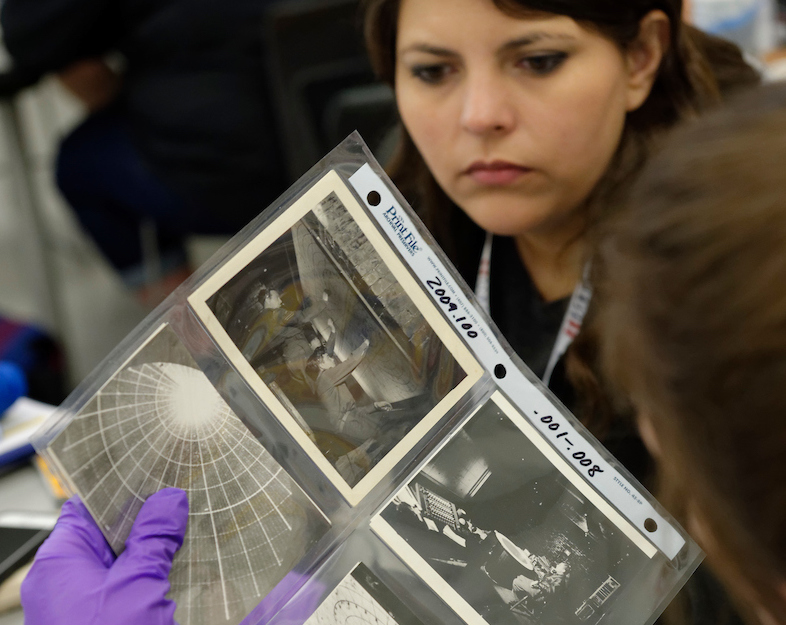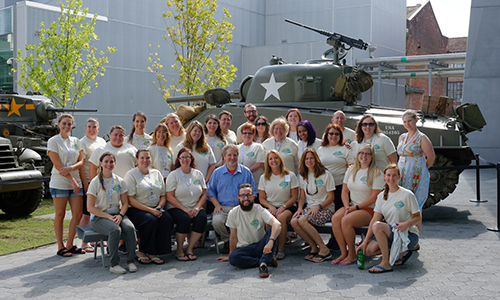The lesson plans and accompanying materials are meant to be standalone lessons. We understand most teachers will not have time during the school year to facilitate each of the lesson plans included in this guide. Please review the guidelines below to help determine which of the lesson plans in this guide most appropriately meet the needs of your students and your teaching goals:
● The lesson What’s in Your Footlocker?: Understanding Women’s Service in World War II is an artifact analysis activity that provides students with an overview of the many different roles women had in the military during the war. This lesson is ideal for teachers who have only one class period to spend on this topic and who are looking to expand the discussion of women’s roles during World War II beyond Rosie the Riveter and the Home Front.
● The lesson Walking in Her Shoes: Black Women’s Experiences during World War II is a primary source analysis activity including both documents and oral history interviews. Through primary source analysis and inquiry, students learn more about the challenges, experiences, and accomplishments of Black women in the military during the war. This lesson helps students broaden their understanding of the unique challenges Black women faced and connect World War II to the burgeoning civil rights movement.
● The lessons Women of the Manhattan Project and Decoding the History of Female Codebreakers provide students with a deep dive into unique contributions women made in the development of the atomic bomb and in deciphering codes. These lessons are great supplements when covering either the Manhattan Project or cryptology during the war—two topics that are often included in state standards about World War II.
● The lesson Forging Freedom: The Enduring Legacy of Women in World War II asks students to analyze a range of primary sources to answer the central historical question: How did women’s military service in World War II help to redefine the roles and rights of women in American society? This lesson is ideal to teach both on-level and AP history high school students how to analyze primary sources and answer a Document-Based Question. The topic of this lesson also lends itself to covering standards about World War II and the women’s rights movement.


